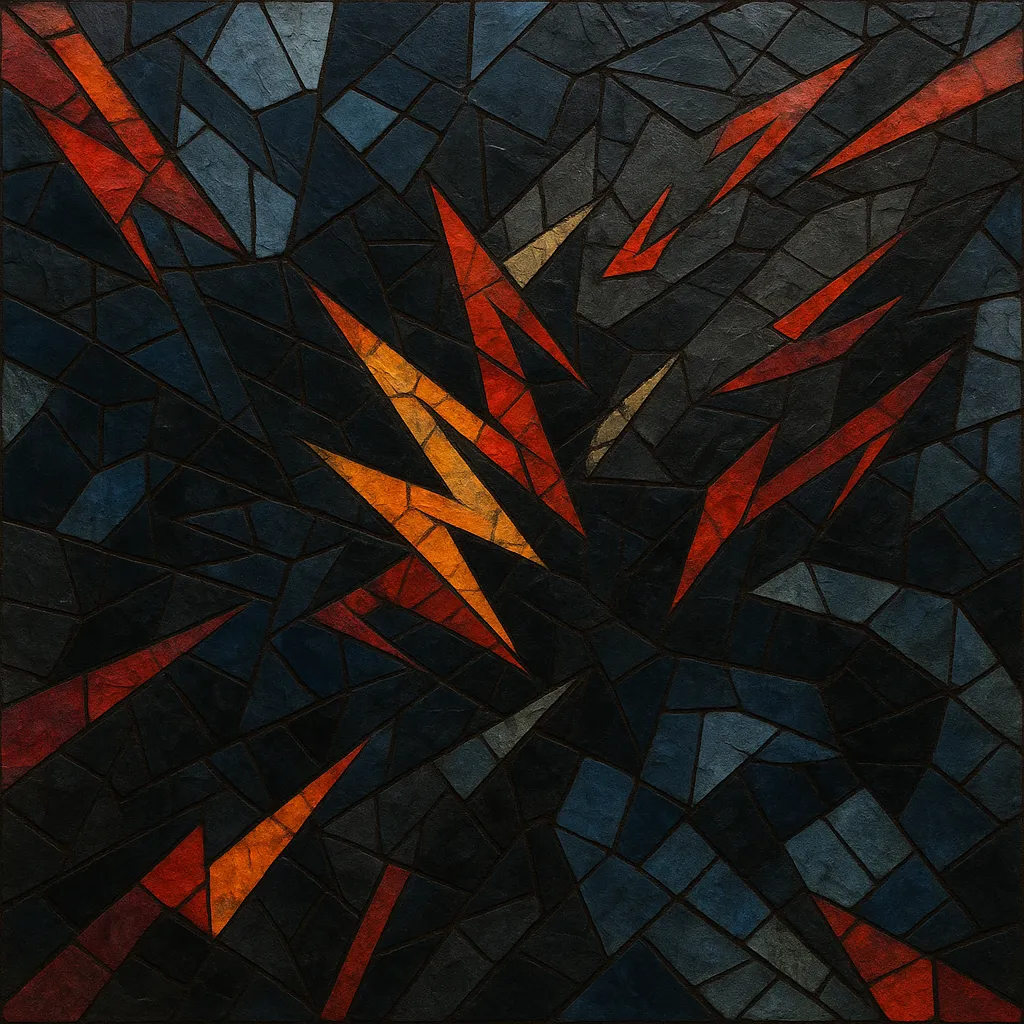Hybrid trap is an EDM subgenre that fuses Southern hip hop–derived trap rhythms and 808 low end with the sound-design intensity and drop-centric structure of dubstep and electro house.
It typically runs at 75/150 BPM in a halftime feel, features skittering hi-hats and snare/clap hits on beat three, and pairs punchy 808 kick–sub combos with midrange growls, reese basses, screeches, and cinematic brass stabs. Producers lean heavily on modern synthesis, resampling, and aggressive processing (distortion, multiband compression, OTT) to craft dynamic, call-and-response drops suited to festival stages.
Compared with “classic” EDM trap, hybrid trap places greater emphasis on dubstep-like bass design, complex fills, and theatrical builds, while retaining trap’s swaggering grooves and minimalistic, percussive motifs.
Hybrid trap emerged in the early-to-mid 2010s as EDM producers began blending Southern hip hop–inspired trap drum programming and 808 sub-bass with the aggressive drops, sound design, and arrangement logic of dubstep and electro house. While EDM trap itself was catalyzed by acts like Baauer, RL Grime, and Flosstradamus, a parallel wave pushed further into dubstep-style bass design—this heavier, more sound-design-driven branch became known as hybrid trap.
By the mid-2010s, festival culture and the explosion of bass music channels/labels (e.g., imprints and curators focused on heavy bass) gave hybrid trap a strong platform. Producers emphasized 75/150 BPM halftime grooves, cinematic builds, and snarling midrange basses, while retaining trap’s rhythmic DNA. Tutorials, preset packs, and DAW workflows (notably for Serum and Massive) standardized techniques like resampling, reese layering, and OTT-heavy processing, which helped codify the genre’s signature sound.
Hybrid trap found a home in the North American bass scene and on festival stages, where its towering drops, brass stabs, and percussion fills fit the big-room context. It spread quickly online via SoundCloud and YouTube channels dedicated to bass music, encouraging a community of producers trading sound-design knowledge. Artists from adjacent styles (dubstep, festival trap, bass house) cross-pollinated ideas, further sharpening hybrid trap’s identity.
Late-2010s to early-2020s releases expanded the palette—more cinematic intros, halftime switch-ups, and integrations with future bass melodies or drum-and-bass-inspired fills. The genre continues to evolve through ever more intricate bass articulation, tighter kick–sub engineering, and hybridization with hard dance and midtempo textures, while keeping trap’s core rhythmic language intact.


